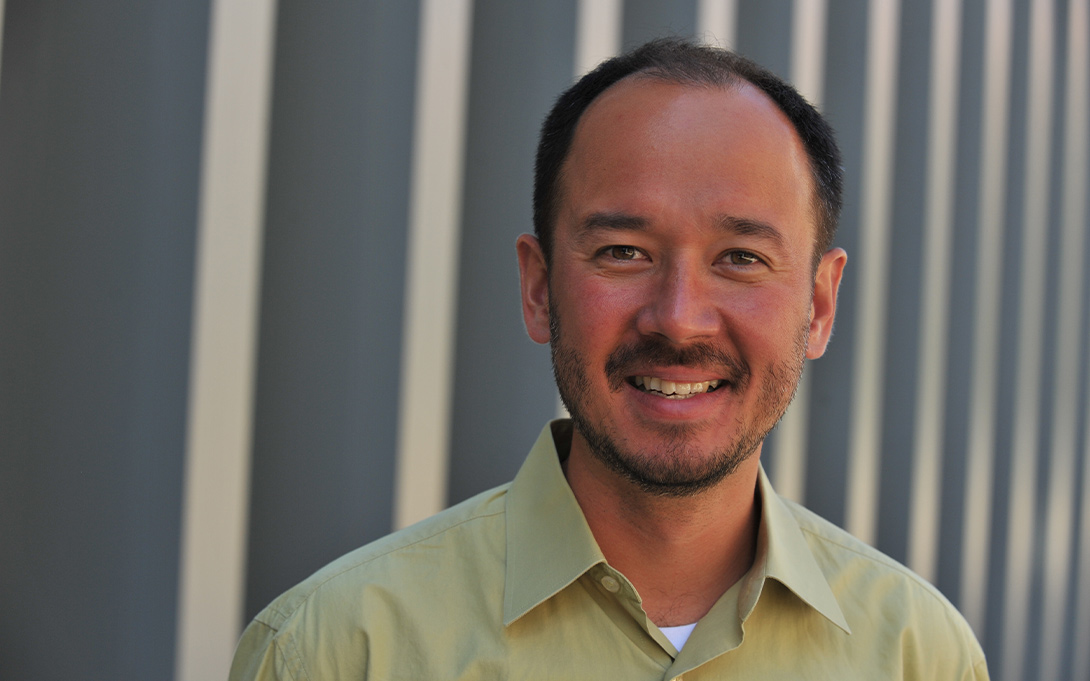
The TV series “Ramayan,” based on the Hindu epic, reshaped the public sphere in India when it aired in the 1980s. When it ran on Sunday mornings, “streets would be deserted, shops would be closed and people would bathe and garland their TV sets before the serial began,” a BBC correspondent recalled. With an estimated 80 million viewers tuning in weekly, it became the most-watched program in Indian television history. It laid the foundations for Hindu nationalism, according to The Hindu’s Frontline magazine. And, the melodrama broke viewership records again when it re-aired during the pandemic.
What happens when a television show becomes more than entertainment? Can exposure to religious narratives through mass media shape cultural identities and political outcomes?
A new NBER working paper examines these questions, demonstrating long-term social and political impacts of mass media exposure to the Ramayan series, televised in India in 1987-88.
To identify causal effects, a team of development economists including Dean Yang of the University of Michigan conducted difference-in-difference analyses, exploiting variation in TV signal strength.
“This study contributes to the literature on the political economy effects of mass media by focusing on a unique natural experiment,” said co-author Paul Brimble, a graduate student in economics at the University of Michigan. “The Ramayan broadcast occurred at a pivotal moment in Indian media history when TV signal reception was rapidly expanding but still limited. This allowed us to exploit geographical and over-time variation in television signal strength to identify the causal effects of exposure to the show.”
The findings: Areas with higher exposure to Ramayan– i.e., higher TV signal strength when the show aired– experienced significant cultural and political changes. For example, parents in these areas became more likely to give their newborns traditional Hindu names. Households increased adherence to vegetarian diets. The cultural shift also led to an increase in Hindu-Muslim communal violence through 1992, and through 2000, the Hindu nationalist Bharatiya Janata Party (BJP) became more likely to win state assembly elections.
By analyzing changes in local TV signal strength in India over decades, the researchers show these effects are not due to general TV access but to the Ramayan series in particular.
“Our findings reveal that media portrayal of religious narratives can have lasting effects on cultural identity, intergroup violence, and electoral outcomes,” said Yang.
With Yang and Brimble, the co-authors of the study are Resuf Ahmed of the University of Lausanne; Akhila Kovvuri of Stanford University, and Alessandro Saia of the University of Bologna. Dean Yang is an affiliate of the Population Studies Center at the University of Michigan Institute for Social Research.
Download the working paper from NBER.
This post was written by Tevah Platt, communications manager for the Population Studies Center at Institute for Social Research.
